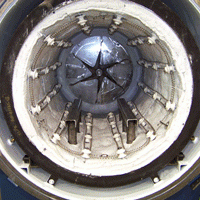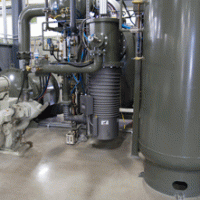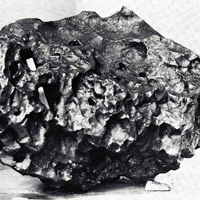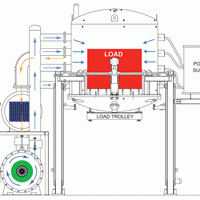Low-temperature vacuum heat treatment offers unique advantages to a variety of industries including Aerospace, Automotive, Electronics, Household Appliances, Machine Tools and Tool and Die as well as Commercial Heat Treaters who must serve all of these customers. Low-temperature heat treatments that involve a vacuum purge at the onset of the cycle have become increasingly popular throughout the industry. These operations are conducted in vacuum furnaces and furnaces that employ a vacuum purge prior to the beginning of the heat process with parts placed inside a special vacuum tight vessel or in a retort. Processing being run using these methods take advantage of a highly controlled environment designed to minimize surface interactions.
Low-temperature processing can be batch or continuous, either as stand-alone units or “modules” incorporated into a continuous vacuum furnace system. The following is a basic description of the operation of a typical batch vacuum furnace. Once a workload has been positioned into the unit, an outer door is closed and the vacuum process can commence. A mechanical vacuum pump, optionally equipped with a blower, produces a vacuum level as low as 1.3 x 10-3 mbar (1 x 10-3torr), a common vacuum level being under 1.3 x 10-1 mbar (1 x 10-1 torr). This is normally achieved in 10 – 20 minutes depending on the size of the pumping system and the nature of any contamination present on the workload. In some instances, a double pump-down sequence is initiated once an initial vacuum level lower than 6.7 x 10-1 mbar (5 x 10-1 torr) is reached. Once the desired final vacuum level is reached, the unit is backfilled in the range of 667 mbar (500 torr) to 3.4 x 10-2 bar (0.5 psig) positive pressure with an inert gas such as nitrogen, argon or nitrogen/hydrogen (3% maximum) and heating begins. After reaching setpoint and soaking at temperature, a cooling cycle is initiated, typically with hot gases circulated through an internal or external heat exchanger to accelerate the process.




